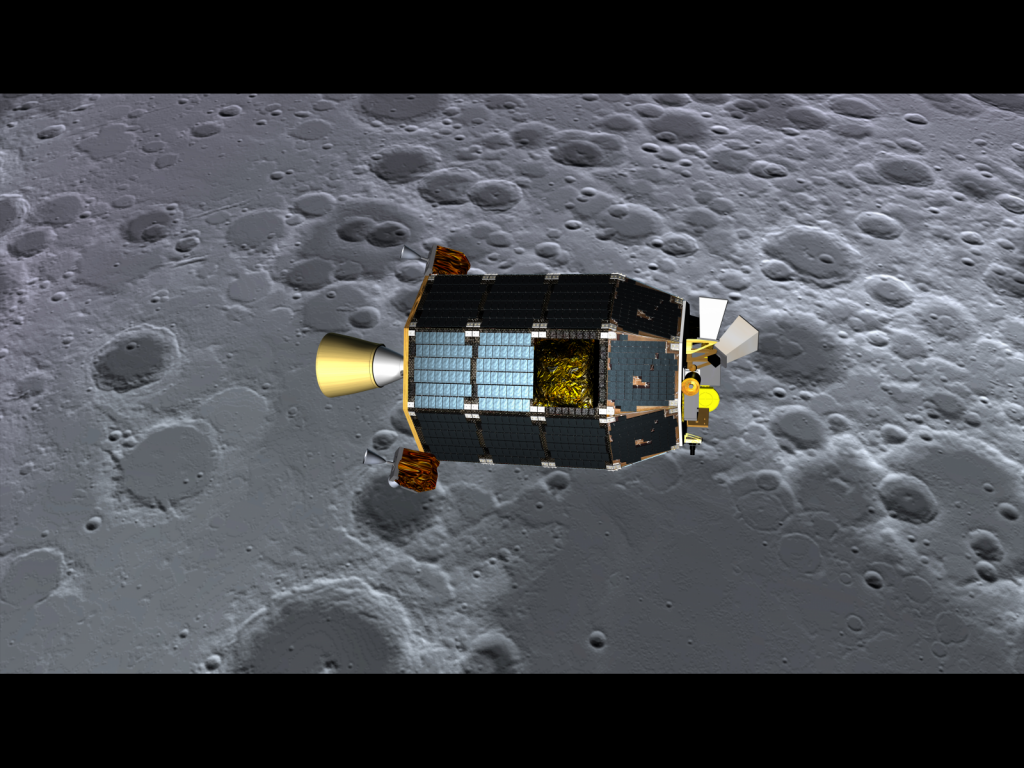
A NASA mission designed here in the Bay Area has solved a 42-year-old mystery.
The LADEE mission – whose launch we covered back in September – was designed at NASA Ames in Mountain View to explain the mysterious colorful streaks that astronaut Eugene Cernan spotted from the window of Apollo 17 in 1972.
(You can read more about that, and see Cernan’s sketches of those mysterious “streamers,” here. And while you’re at it, take a look at some of the moon pictures LADEE sent back from its travels.)
LADEE (that’s LAD-ee, not “lady”) stands for Lunar Atmosphere and Dust Environment Explorer.
Launched on September 6 from the NASA Goddard Space Flight Center Wallops Flight Facility in Virginia, the spacecraft spent 100 days orbiting the moon, taking sips of lunar atmosphere.
Those sips, NASA reported today, contained traces of magnesium, aluminum, neon, titanium – particles that are kicked up every time a meteorite slips through the moon’s thin atmosphere and crashes onto the surface.
